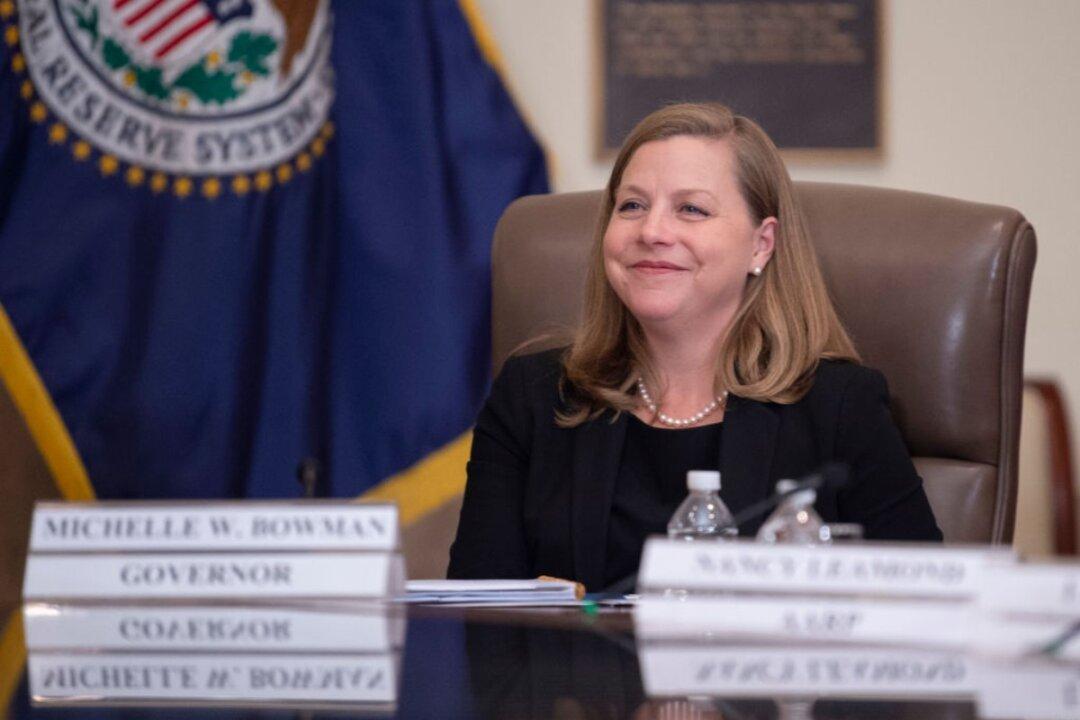Federal Reserve Governor Michelle Bowman said Monday that national economic tailwinds and supportive monetary policies would give local economies a lift.
“The national economic backdrop looks very favorable, which should be broadly supportive of your local economies,” Bowman said in the text of a speech for delivery at a community bankers’ event in Orlando, Florida.





